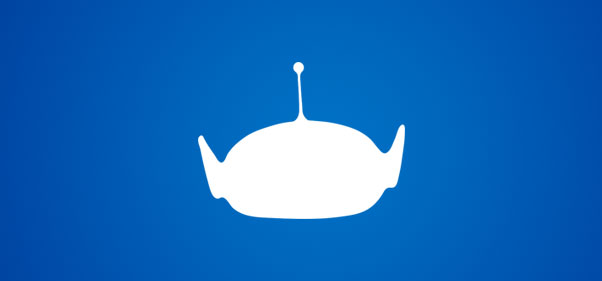As new technology draws in the animators

Despite huge advances in the art and science of animation in recent years, led notably by box-office phenomenon Pixar studios in the US, creators of Toy Story, Monsters Inc., and The Incredibles, many graphic styles are still impossible to render.
For example, highly stylised strip cartoons found in comics and graphic novels are almost impossible to animate. “[It’s] because of a lack of frame-to-frame stability and [it] proved an absolute limitation to the scope of drawn animation,” says John Patterson, coordinator of the Custodiev IST project and Senior Lecturer of the Department of Computer Science at Glasgow University.
“The strip-cartoon effect cannot be mimicked in 3D animation because the 3D model forces its unique geometry while in drawn animation the artist can, and routinely does, cheat geometry and just about everything else to achieve a minimally constrained sense of the realised World,” says Patterson.
But the Custodiev software not only enables new effects, it also lowers costs on standard production processes. For example, Custodiev developed a tool that can automate ‘in betweening’.
In-betweening is a vital, though little known, animation process. It captures the transitory moment between two positions. As a character moves from one position to the next, in-betweening creates the illusion of a smooth progression from one frame to the next. It’s a difficult and time-consuming task that requires great skill.
“When we talked to our user groups about doing the obvious thing in animation, namely automating the in-betweening process, they mostly hated the idea because it robbed them of control and denied them the opportunity for their favourite tricks,” says Patterson, but he adds, the artist can use it or not.
Costs will come down, too, as artists become more expert with the new tools. “On the one hand the artists are learning fast new tricks with the new tools, so their production costs will come down all the time this is happening, and at the same time their range of skills within the new medium is expanding. On the other hand we are learning how to structure the interfaces to eliminate the most immediate constraints to the flow of production so at some later stage there will be a further reduction in production costs when we feed this back in, but this will only come out of our end-of-project evaluations which is going on now,” says Patterson.
The project is also looking at other tools, such as electronic paper like e-Ink. This gives a ‘paper like’ feel to using computer animation and is highly favoured by artists, Patterson says.
Initial public exposures of the new tools at the ‘Masters’ series run by CARTOON/Media, prompted considerable interest from animators and production houses. “We expect to see this continue at our next demonstrator conferences – CARTOON Future and our user-group demonstrator,” says Patterson.
The next stage for the group, with partners which includes animation studios, is to pitch a film project that can take advantage of the new techniques. ‘“The film will be our ultimate advertisement,” says Patterson.
Contact:
Dr John Patterson
Senior Lecturer
Dept of Computing Science
University of Glasgow
University Avenue
Glasgow G12 8QQ
United Kingdom
Tel: +44-141-3305323
Email: jwp@dcs.gla.ac.uk

